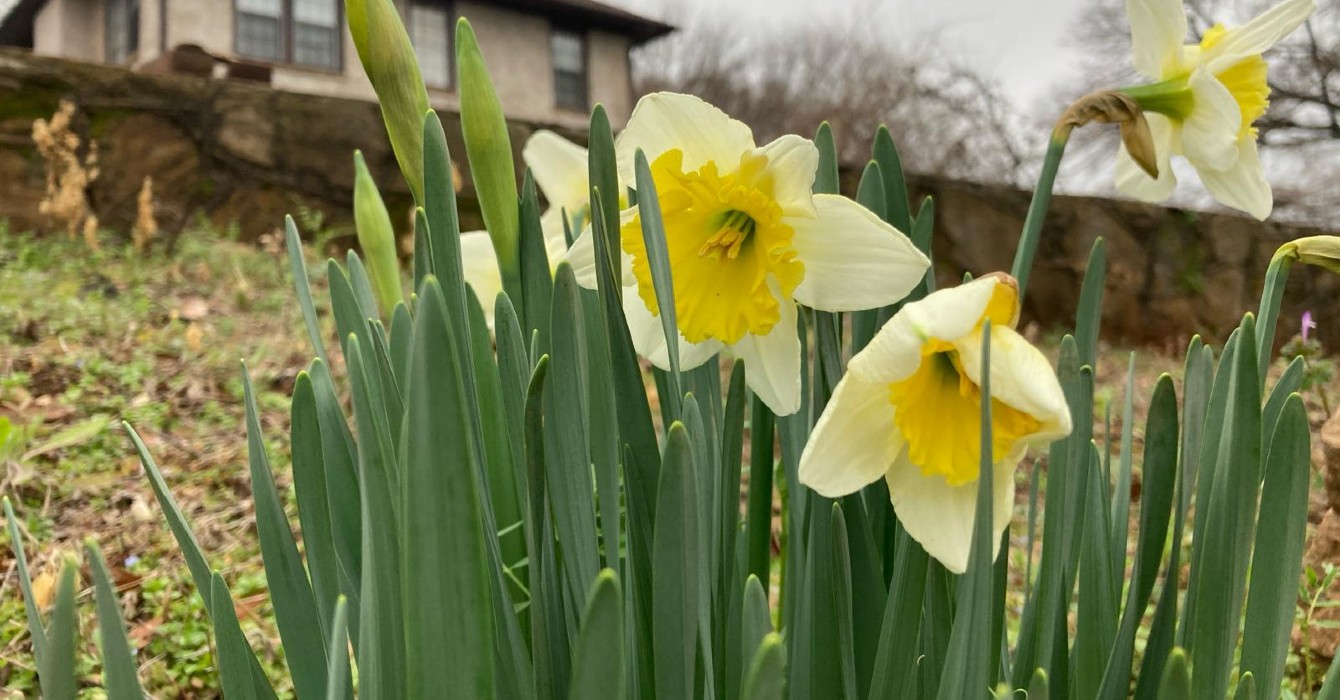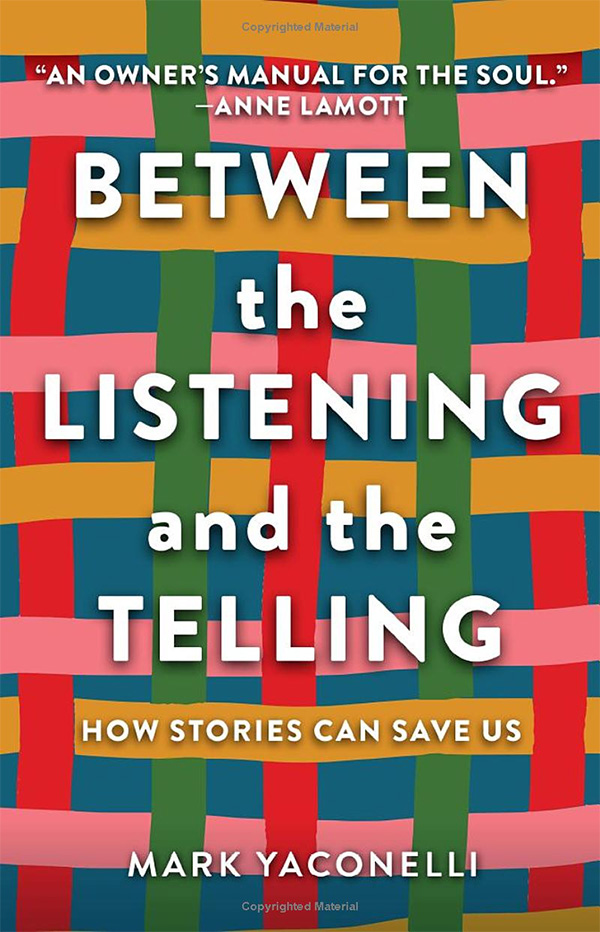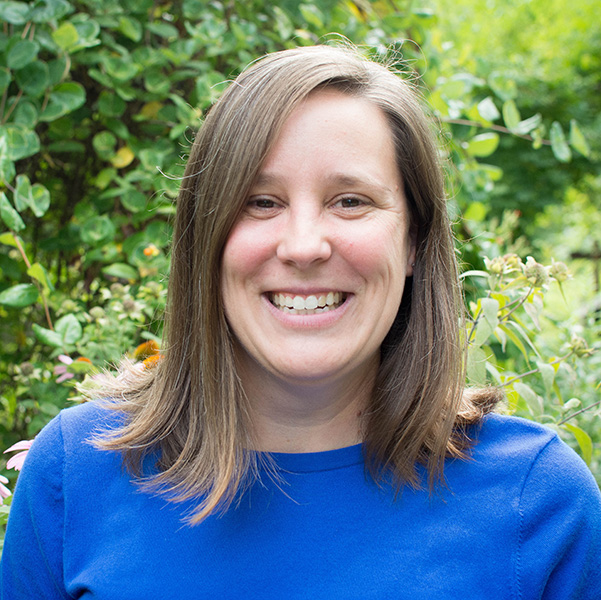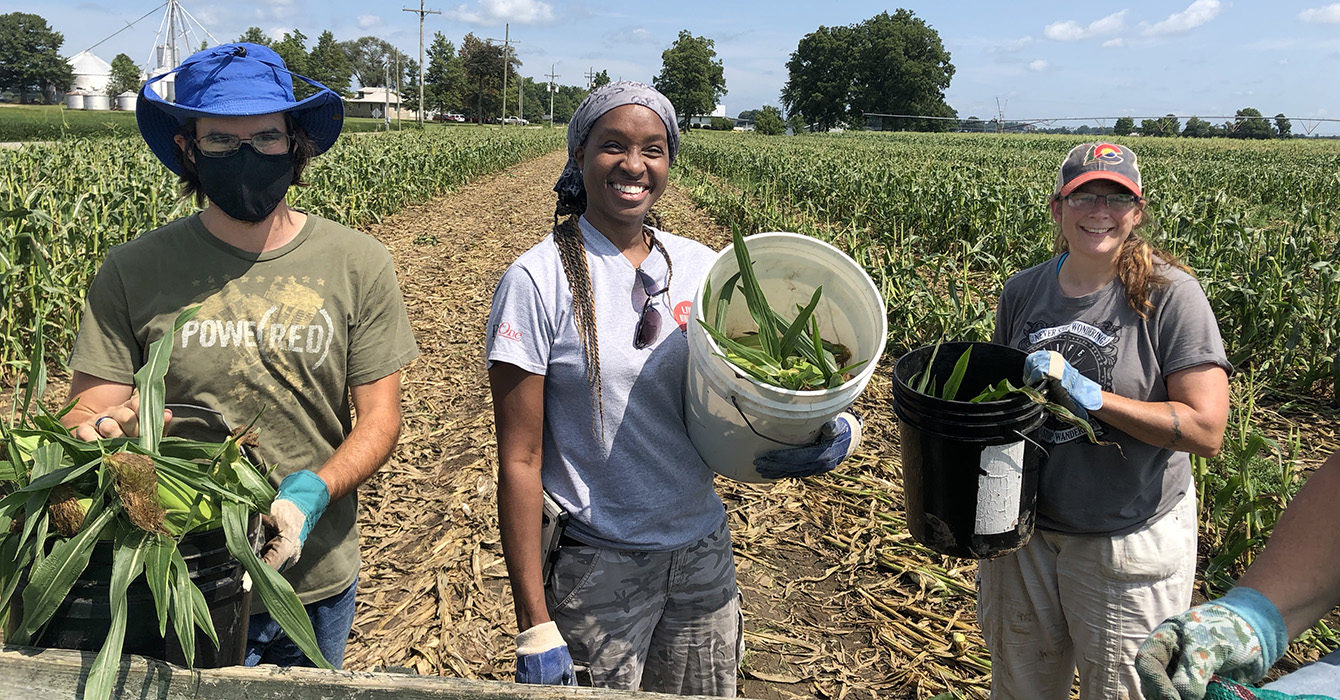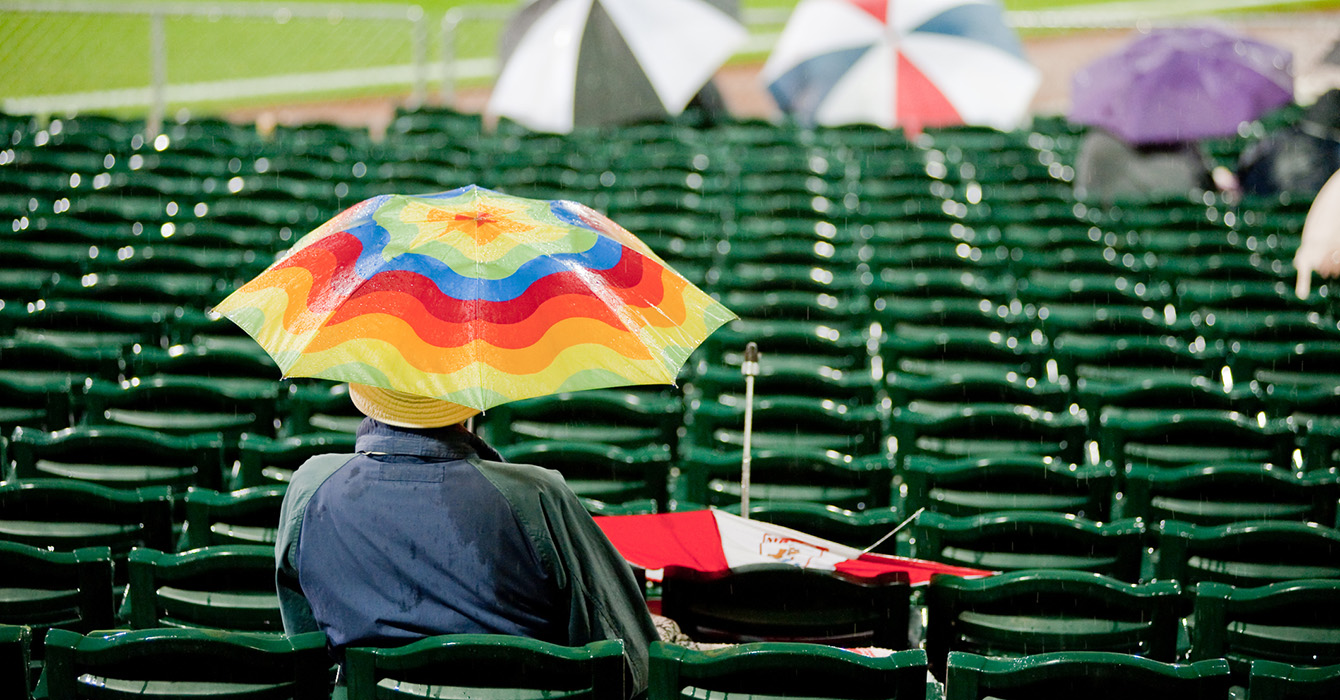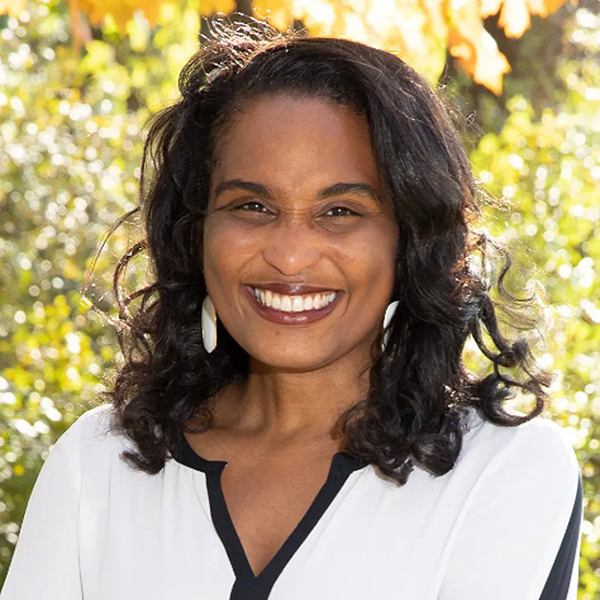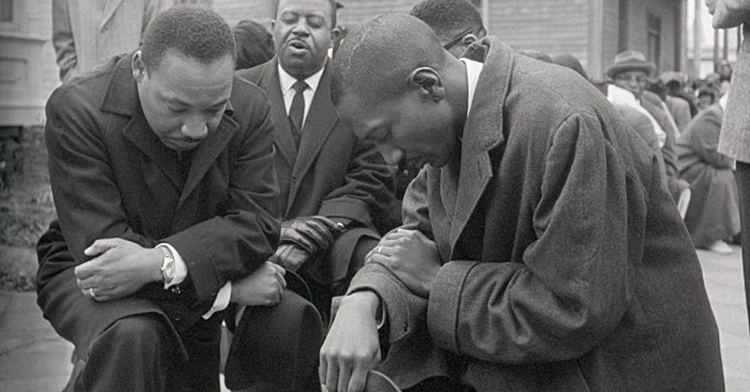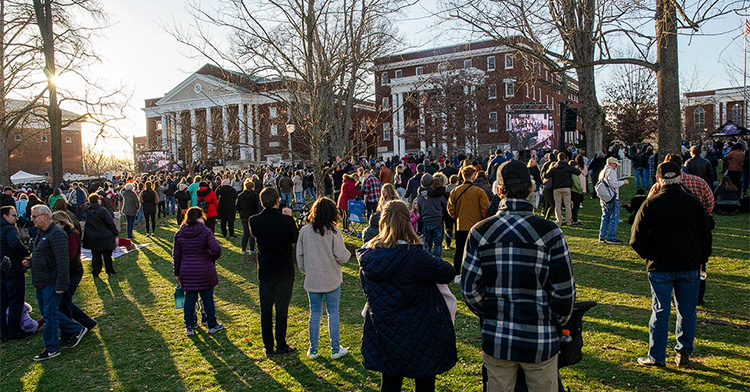Fresh out of seminary and serving in my first ministry call, I moved three times in 18 months. That third place was a keeper. I lived there for just over two years, and one of my favorite things was watching the plants come alive in spring.
The first year was all discovery as I walked my neighborhood route each morning. “What will that bud become?” I wondered. “What is that poking up from the ground?”
The second year was like welcoming back old friends. Now I knew what that bud would become, and I couldn’t wait to see it blossom again.
I also began to learn the names of these particular neighbors. After living 18 years with a plant-enthusiast mother, I knew some already. But as a transplant to the South, I was discovering other vegetation that was completely new to me.
After Wednesday prayer meetings at church, I would ask my congregation’s resident horticulturist and native plant rescuer to name what I was watching come alive. The woody bush with unfurling fernlike leaves was an oakleaf hydrangea. The pink flowers bursting into bloom just after Ash Wednesday were Lenten roses — though, thanks to Tom, I always think of their Latin name, Helleborus, first.
I could have downloaded an app, but playing the guessing game with Tom and learning any bonus facts he shared was much more fun.
Getting to know my plant neighbors in this way came at the price that any relationship costs, however. As the seasoned Mr. Joe teaches the young nurse Jenny Lee in an early episode of the BBC series “Call the Midwife,”“If you open yourself to love, it follows you open yourself to heartache.” Loving makes us more vulnerable to pain when the person or thing we love is hurt.
And so I gasped with sorrow the first time I saw that a sturdy bystander to my evening commute, the big oak, had been cut down. The block looked so exposed now, a lonely stump the only reminder of what had grown there. I missed the unruly fig tree that had sprawled haphazardly next to an abandoned apartment building. The bees and I had shared in its sweet fruit each summer. In some small way, I felt the pain of the land when a starter home on a corner lot was demolished and replaced by a massive house with a much larger footprint.
We live in a time when the earth is crying out in pain, and the accompanying grief is real.
It can be difficult to know how to respond, our feelings of helplessness compounded when we see our carefully curated recycling comingled and trucked away with the questionable contents of a neighbor’s bin. We may feel overwhelmed in the absence of infrastructure changes that are desperately needed. Some of us may feel paralyzed. Others may teeter on the edge of despair.
Yet the gospel, the good news, never comes in general. We serve a God who is insistently particular. Out of all the people in ancient Mesopotamia, God called a particular person — Abraham. Out of all the moments in history, God dwelled among us in the flesh at a particular time — for only a few short decades. God counts the hairs on our heads (Luke 12:7) and the months until the doe gives birth (Job 39:1-3).
Those neighborhood walks — in contrast to the ineffectiveness of fear-based arguments — have made me wonder what it might look like to follow God’s example of attending to the particular as we seek to care for creation.
What if, today, we are not being asked to save the world? What if, today, we are simply being invited to learn the names of our rooted vegetable-, fruit-, and flower-bearing neighbors?
Go outside. Look around. What do you see?
Depending on where you live, there might be acres of land to explore — or a single weed in a crack of concrete, stubbornly declaring its will to live.
Either way, take a moment to meet your vegetative neighbor. Download an app. Ask a friend. Find your local arboretum.
As you come and go, begin calling your neighbors by name. Notice what happens to them as the seasons change. Offer gratitude for the oxygen they are producing and the beauty they bring.
I have a hunch that when we engage in this practice over time, something in us will begin to shift. These neighbors will become part of our realm of care and concern. We might pull back the invasive vine threatening to suffocate a friendly bush or impulsively prune a fruit tree in an abandoned lot. We might notice how the warm winter day that boosts our mood also coaxes flowers to bloom before the pollinators are ready.
As we begin to love what God loves, we begin to act in ways that seek more than our own good. Not because we are afraid. Not because we feel guilty. But because our lives have become entangled with what grows up around us. We realize that our comfort is no longer the sole objective.
With our lives and our well-being bound up with the plants that surround us, we might decide to use our voices to write our representatives or leverage our purchasing power to invest in less-wasteful products. We might spill a bit more sweat or spray fewer chemicals because our practice of noticing and naming our vegetative neighbors has reminded us that God’s work in the particular has a tendency to reach to the depths of the soil and the ends of the earth.
We live in a time when the earth is crying out in pain, and the accompanying grief is real.

